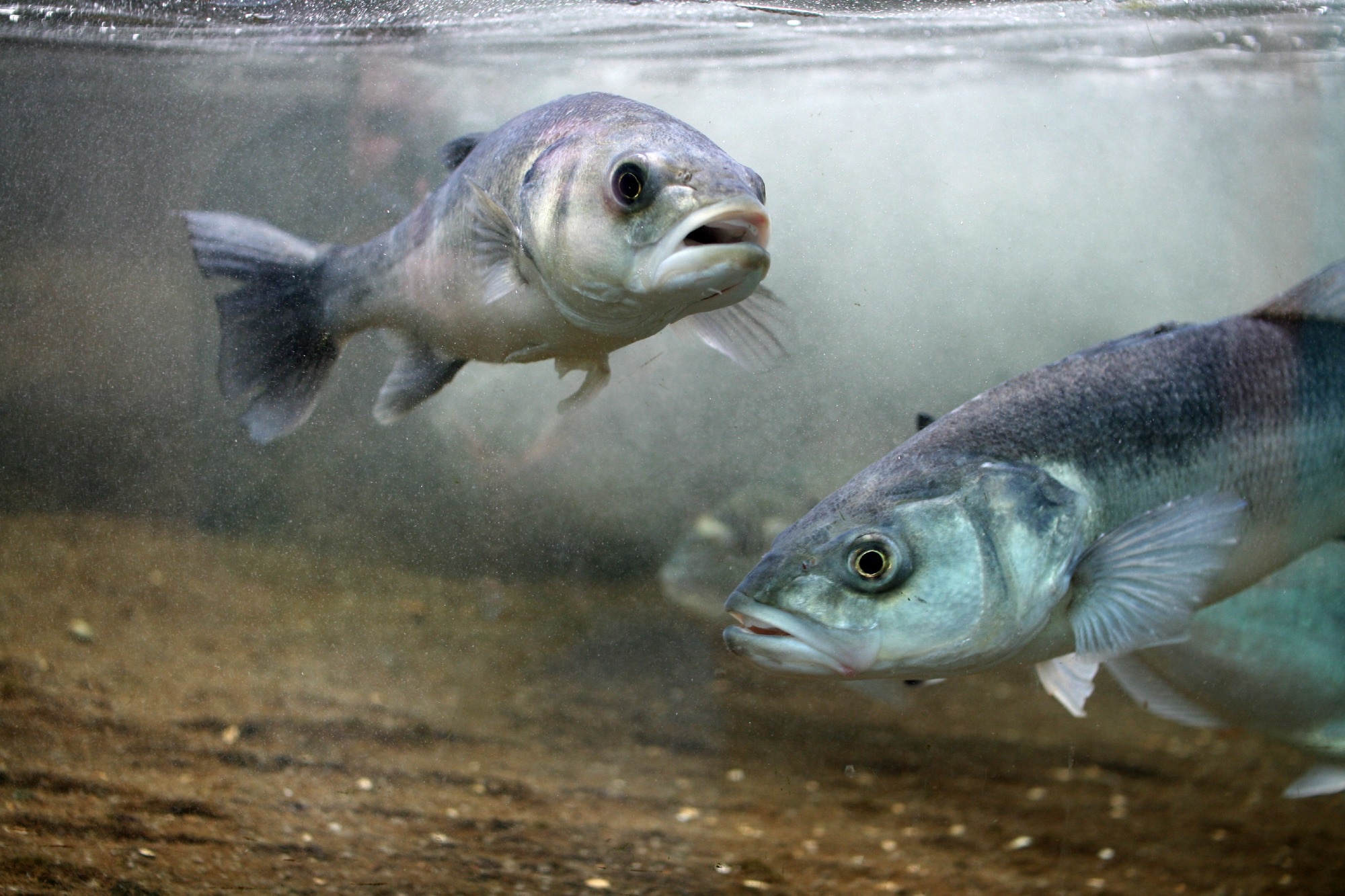Extensive research in human cognitive neuroscience has enabled detailed documentation of the functional organization of the cortex. This organization represents regions that are specifically engaged in single mental processes. For instance, an individual’s brain perceives faces, music, or scenes and processes them in a specific manner, which is different from another person. It is important to understand why an individual’s brain processes in a particular fashion and differently from others.
Background
The fMRI reports, intracranial recordings, and other evidence from neurological patients have demonstrated that the ventral visual pathway contains specific regions associated with the perception of faces, bodies, scenes, and words. Nevertheless, it is imperative to determine if these regions are the only ones responsible for processing perceived faces, bodies, scenes, and words or if more such regions exist that have not yet been uncovered.
Previous studies on the ventral pathway have only analyzed a limited number of stimulus categories and failed to include all relevant stimulation regions utilized by some neural populations. Since prior research has been largely driven by hypothesis, there is a high probability of missing out on certain neural populations with response profiles.
The available evidence based on voxel-wise contrasts has been found to be unsuitable for identifying neural populations. The high selectivity of the neural population is masked due to the tendency of fMRI to average the neural signals, i.e., the highly selective neural signals are combined with responses of other neural populations residing in the same voxels.
A new study
In a recent study published in Current Biology, scientists sought to address why an individual’s brain contains particular specializations which were not prevalent in others. In this study, a complete set of human cortical specializations was required that actually reflected the functional organization of the cortex.
The ventral visual pathway was screened in a hypothesis-neutral fashion to obtain the dominant neural response profiles of the specific human cortical region. In this study, recently released publicly available data on fMRI responses to thousands of natural images of eight participants were utilized.
The methodology overcame the above-mentioned challenges in previous research. It categorized the matrix of response magnitudes of each voxel to every stimulus into a set of components corresponding to a specific neural population. Every component was defined by a specific response profile across stimuli. A weight matrix described how strongly a component influenced every voxel’s response. The main advantage of this method was that it helped discover the main components associated with neural responses in the ventral visual pathway.
Study findings
A large dataset of fMRI responses associated with thousands of natural images was analyzed. A dominant neural response profile was determined in the ventral visual pathway that included selective responses to scenes, food, bodies, faces, and text. Interestingly, apart from food, the other four selectivities were previously discussed, which indicated them to be dominant features of the neural response in the ventral visual pathway.
For the first time, a novel neural response for the ventral visual pathway was discovered that was highly selective to images of food. The findings of this study provided a comprehensive characterization of the dominant neural response profiles of the ventral visual pathways.
The factor that was found to be highly correlated with food component response was the salience of food in the image. Interestingly, compared to warm-colored non-food, cool-colored food induced a higher signal response. Even in the computationally matched stimulus pairs, i.e., one food, one non-food, the food selectivity of component 3 (related to food) remained persistent, which stimulated a similar activation pattern in the deep layers of a pre-trained convolutional neural network (CNN).
A CNN-based model for component 3 was developed for the accurate prediction of component responses to stimuli. This model was used to run a total of 1.2 million images from ImageNet, and the top 1000 were assumed to produce the highest response. Interestingly, all responses were related to food.
A pair of visually similar food and non-food images were constructed by hand, for example, a yellow moon and a banana, which were run through the newly developed predictive model. Interestingly, the predictive responses for food images were significantly higher than for paired non-food images. This finding strongly suggested that Component 3 was selectively responsive to any visual features related to food. As a result, this neural population component was regarded as a ventral food component.
Color played an important role in domain-specific learning about food and in the development of a cortical circuit for visual food discrimination. It was noted that the color bias in the choice of food mostly develops early.
Conclusion
Taken together, the hypothesis-neutral investigation revealed the existence of neural populations selective for faces, text, bodies, scenes, and food. Analysis of multiple non-overlapping images indicated the dominant features of the functional organization of the ventral visual pathway. The novel selectivity of food raises the question regarding its developmental origins, behavioral consequences, and connectivity, which must be studied in the future.













;Resize=(1200,627)&impolicy=perceptual&quality=mediumHigh&hash=a58a102c91c2f97063a1343dd68117857ed693ee9af040eed6b0f6964c3f4c72)

